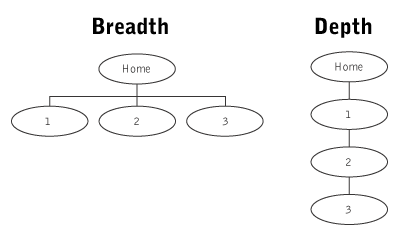Every time you create a chart, a table, or a graph you are attempting to visualize and communicate important information, but more often than not, people approach the task with a careless and blase attitude that leads to a muddying of their message, which ultimately leads one, even with the best of intentions, to chart the wrong course. There is no greater beneficiary (and culprit) of clear communication than the Pacing Graph.
Pacing is one of those designer concepts that you just don’t order from the local design store, “uh yes, I’d like to order 2 units of good pacing please.” We know that we need it, we know when we lack it, and we sorta know how to orient ourselves in search of it, but damn if the search isn’t a complete nightmare. On our search we create tools to light or path, and the brightest light we have is the Pacing Graph.
A Pacing Graph is the graphical representation of the major moments in your flow. Much like a screenplay’s 3 act structure, games have a flow to them. You enter an area, you are presented with increasing levels of both physical and mental conflict, and you are finally rewarded with a resolution. It is easy to see how the game follows this arc, but you’ll notice that each level follows its own mini arc, and even, if you’re good, the combat encounters. A Pacing Graph helps you to visualize this sinusoidal flow to the game, and helps you to spot problem areas like too much combat, too little downtime, or too much of both.
Now, I know what you’re thinking. “I’m not an idiot, Mike. I’d never make the mistake of putting two big fights next to each other.” True, you might not – at first, but what happens when the middle section of your level gets cut? (Every game ever) What happens when that creature you were counting on to be in your level is cut, so you replace it with another? (Every game ever) This kind of stuff happens all the time, and it can be hard to keep track of how things stand at any given moment.
Enter your Pacing Graph. They are an invaluable tool in your game design tool box, and not just for you level designers out there. The 300 missions in the Challenge Tower, for example, are constructed around a spike chart. When properly constructed, a Pacing Graph drives clean and clear communication of the major moments in your designs, and ensures a good balance in two major areas: balance within your own work, and balance amongst the entire game.
You see, Pacing Graphs are not just for you, and they are not just for other designers; they are for the entire team, and that means they require meaningful context, game wide consistency, and clean communication. Pacing Graphs must be constructed a certain way, and they must match in style and meaning to the designer two cubicles to your left. Look: just making a bunch of lines with accompanied notes does not, by itself, constitute a Pacing Graph, but worry not, for the following will help you to overcome two major mistakes: a lack of clarity, and a failure to recognize the difference between combat and cerebral tasks.
Continue reading →


